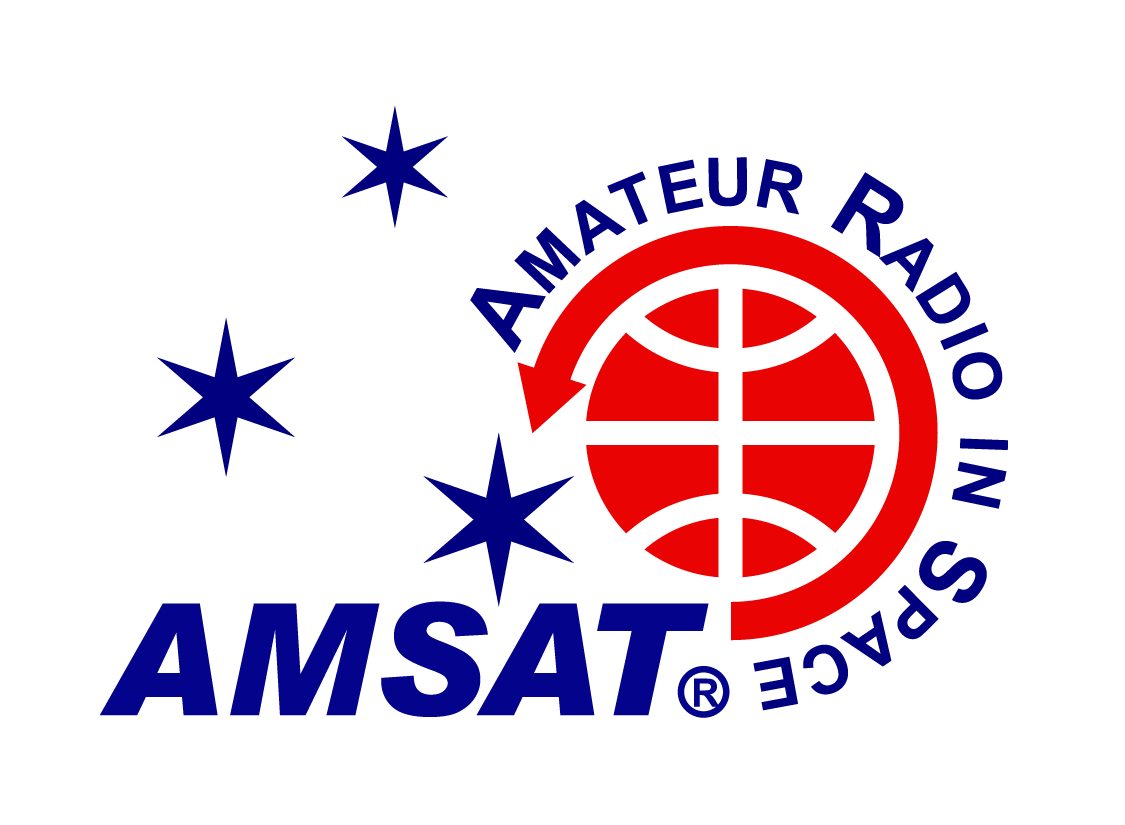Updated: April 27, 2025
Uplink: 145.935 MHz – 145.995 MHz LSB/CW (NO FM!)
Downlink: 435.610 MHz – 435.670 MHz USB/CW
Beacon: 435.605 MHz CW (Sends “RS44” every 10 seconds.)
During the Soviet-era, there were a series of RS satellites with a wide and interesting range of capabilities for use by amateurs. More recently, there have been other RS satellites, but with purposes other than amateur operations. RS is usually considered as standing for Radio Sport or Radio Sputnik depending on the source. As a practical matter, they are used interchangeably today.
DOSAAF-5 (RS-44) is a scientific satellite based on the standard Yubileniy bus with a gravity gradient stabilization boom. It was developed by the Reshetnev Russian Information Satellite Systems Company and students of the Siberian State Aerospace University, Krasnoyarsk. Its formal name, DOSAAF-5, recognizes the 85th anniversary of the founding of the Voluntary Society for the Assistance to the Army, Aviation and Navy. This organization provided military training for Soviet-era youth.
RS-44 has a sensitive receiver and a strong transmitter. RS-44 was supposed to be a free flying satellite. However, it didn’t separate from the Briz(Breeze)-KM upper stage. The gravity gradient boom is on the side facing the Briz-KM and so cannot be deployed. However, the antennas and solar arrays are facing outward, allowing the payload to be activated. Because it is still attached to the upper stage, expect to experience strong signals with short, deep fading as the upper stage rotates.
RS-44 is technically in a Low Earth Orbit, i.e. less than 2,000 km, but is higher than most amateur satellite LEOs. The inclination of 82.5° is not quite a Sun Synchronous Orbit, so while in the short term passes will occur about the same time daily, they will gradually shift earlier in the day in the longer term.
RS-44’s 60 kHz width is significantly wider than most LEO satellites with linear transponders, and has a much higher transmit power. Along with its higher altitude, this will allow communications over a significantly greater distance more easily than is possible with current CubeSats. Experience should be more in line with FO-29 and AO-7, but without the scheduling and transponder quirks found in these remarkable but aging stalwarts.
